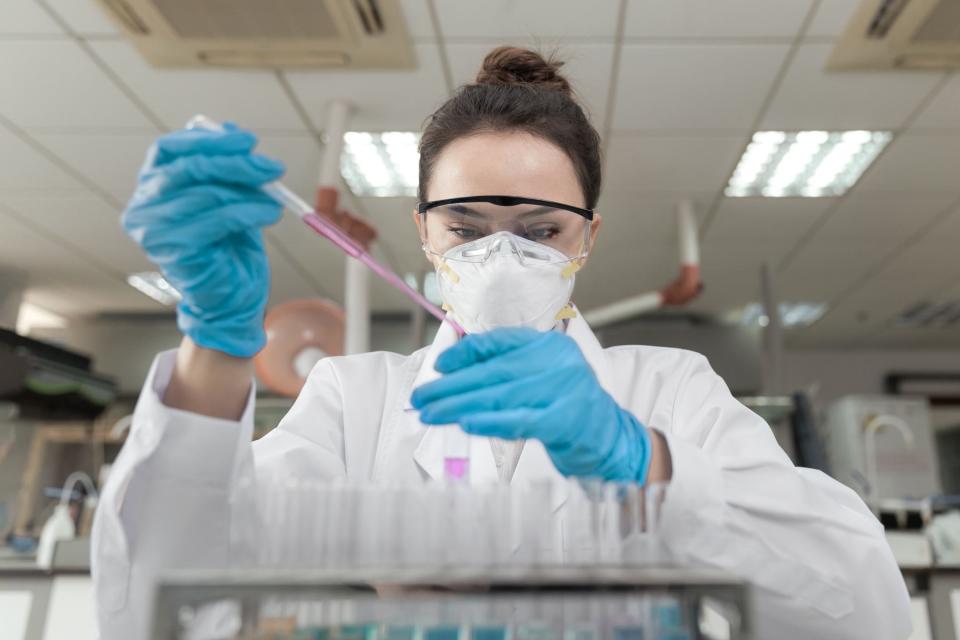A great challenge of modern biomedical science is the mapping of the human brain to understand underlying functionality and behavior. The National Institutes of Health (NIH)-funded Human Connectome Project (HCP) is a large-scale, multi-institutional effort building a vast in-vivo database of neural connectivity pathways, acquired using diffusion and functional magnetic resonance imaging (MRI). This proposal focuses on a key limitation of the HCP pivotal for its success: the problem of limited resolution (about 1.5 mm at 3 tesla (T)), which is a critical barrier in the deciphering of structures such as intra-cortical—and very small sub-cortical—network hubs. Ultra hIgh field (UHF) MRI (using magnetic field strengths of 7T and above) as part of the current and future HCP mandate, in combination with high-performance head gradient hardware, offers promise of a crucial improvement over 3T HCP in spatial resolution and sensitivity for deciphering subtle features that are <1 mm in size, and could thus allow mapping of intricate detail.
While the HCP includes UHF field strengths in its mandate, incorporating a plan for 7.0 Tesla (T) connectivity mapping of a population of 200 healthy adults, the bulk of HCP data has been acquired at 3T. The reasoning: substantial hurdles still need to be cleared before promised improvements (higher sensitivity and sub-mm resolution) are fully realized. This successful grant application has therefore focused on two key technological challenges that represent critical barriers holding back UHF brain connectivity mapping:
1) The problem of non-uniform main magnetic field B0, leading to image distortion and artefact, which the lab is attempting to solve by more advanced “shimming” methods (tools to make the field more uniform).
2) The problem of non-uniform power deposition in the body, which is a safety concern of UHF MRI that has not been completely solved to date. The lab has proposed an innovative solution involving new technology for direct mapping of power deposition patterns (measured as the SAR) based on thermoacoustic imaging.
The lab’s long-term goal is to develop hardware technology for individual patient connectome generation. The lab’s approach and primary goal for this five-year project is to develop a single-device, compact, helmet-style RF-coil array, facilitating the generation of human connectome maps with sub-mm resolution by overcoming a critical barrier limiting the full potential of the HCP. The proposed research will not only benefit the safety of UHF HCP. It will significantly impact the long-term clinical potential of HCP by creating an individual patient connectome as a future clinical diagnostics tool. This will be accomplished with new approaches to testing, and/or identifying, abnormal brain circuitry in individual patients. Comparisons will then be made to the standard healthy adult atlas. Intrinsically improved resolution and sensitivity will offer the capacity for a collective extraction of neural circuitry with sufficient detail to provide underlying brain connectivity. This could lead to a near-future standard clinical tool that will not only benefit our understanding of brain connectivity, but provide a mainstream tool for diagnosis, monitoring and treatment guidance for a variety of conditions such as neurodegenerative and psychiatric disorders.


